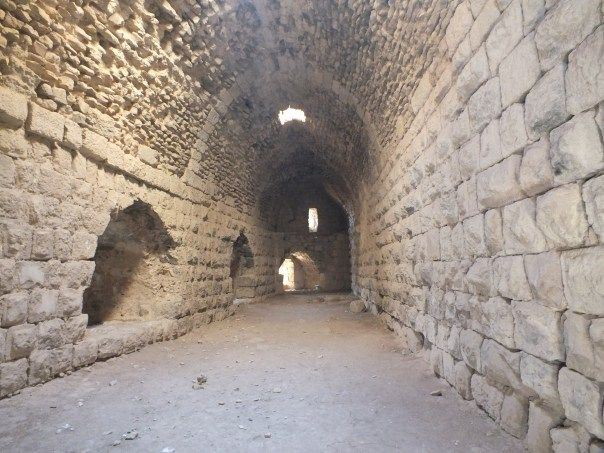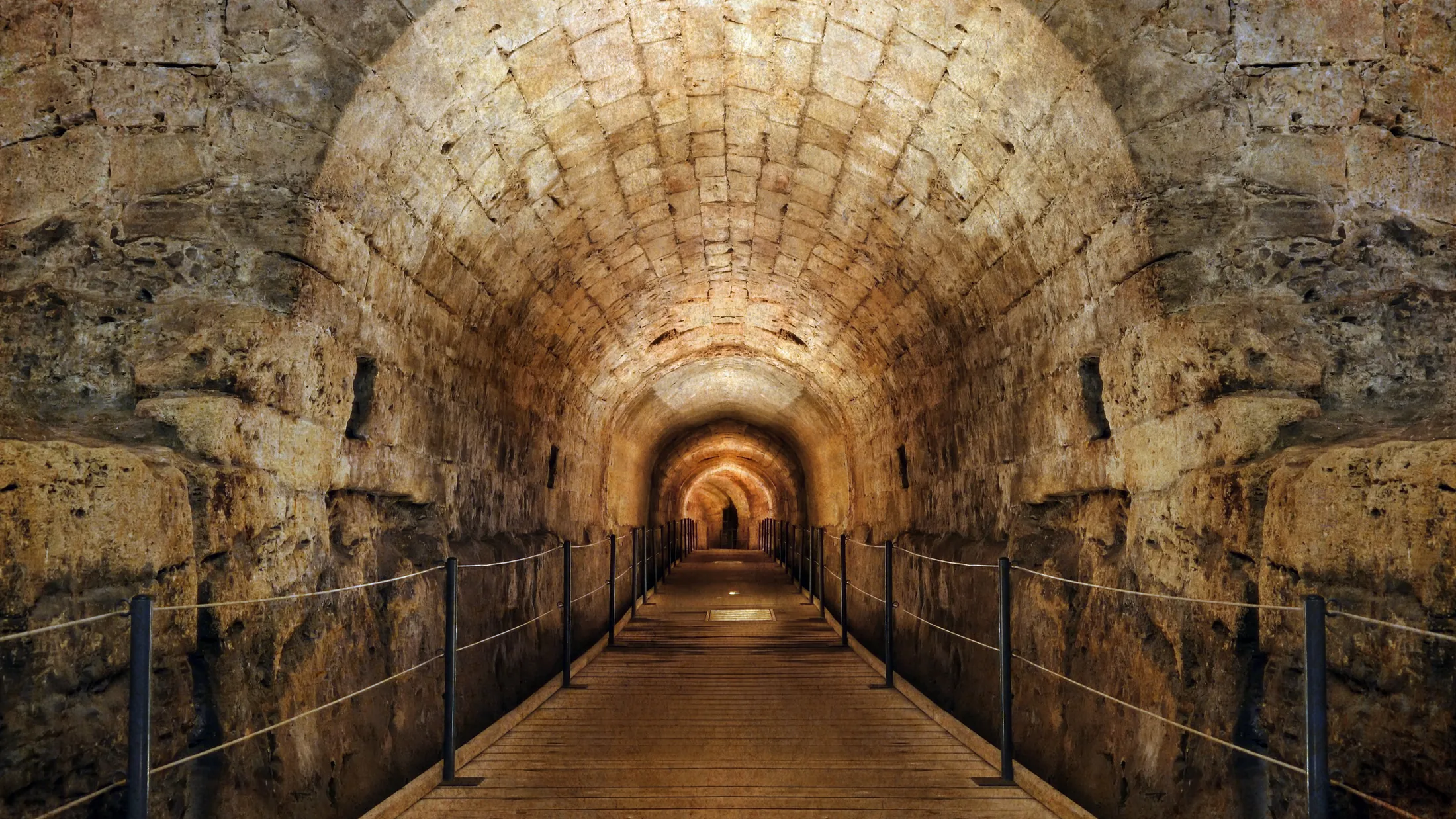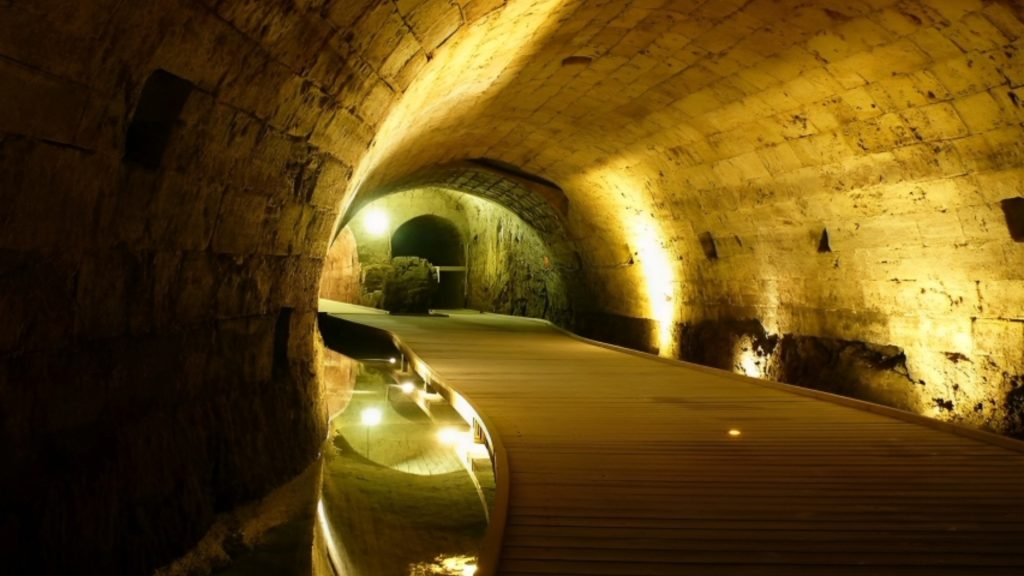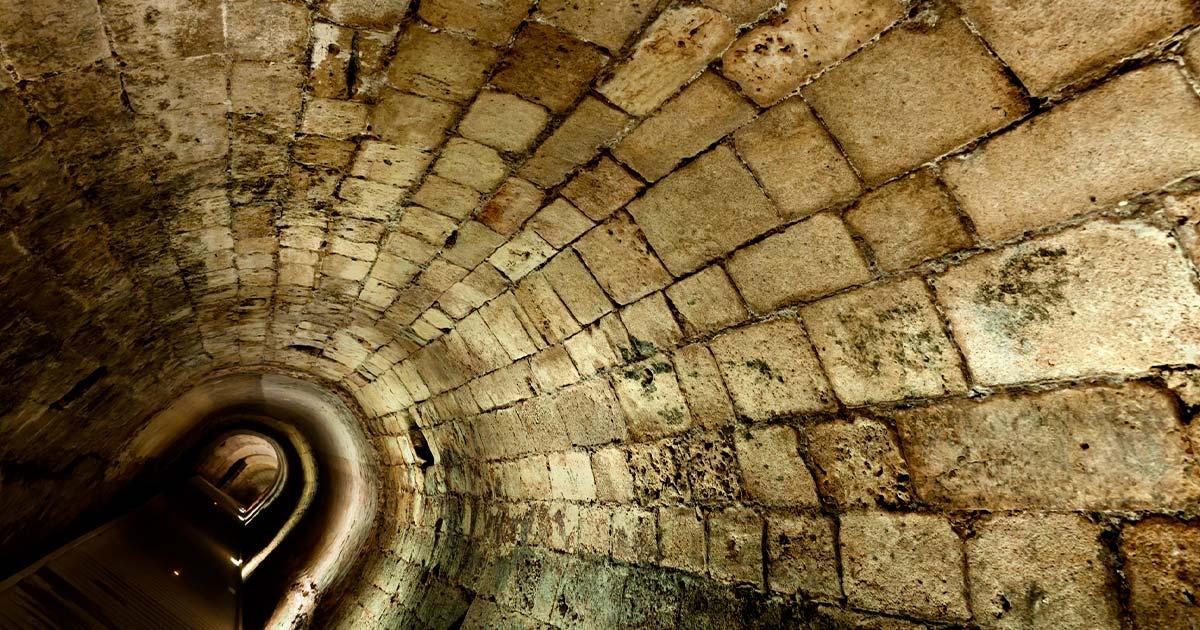Kerak Castle, located in Al-Karak, Jordan, is one of the most significant Crusader fortresses in the Levant. Built in 1142, it played a vital role during the Crusades and stood as a strategic military stronghold. However, beneath its massive stone walls lies a mysterious tunnel that has sparked intrigue among historians and archaeologists alike, with many speculating about its connection to the Knights Templar.

The Tunnel’s Potential Purposes
The exact purpose of the tunnel remains unknown, but several theories persist:
- Escape Route: Given the frequency of sieges during the Crusader period, the tunnel may have served as a hidden escape route for defenders.
- Supply Line: The tunnel could have facilitated the covert transport of supplies, reinforcing the castle’s defenses without exposing troops to enemy forces.
- Hidden Storage or Communications: Like many medieval fortifications, the tunnel might have been used for storage or secret communications between different sections of the castle.
While the association with the Templars is unconfirmed, the order’s known expertise in constructing secret passageways in other fortresses adds a layer of mystery to Kerak’s tunnel.

Kerak’s Role in the Crusades and Saladin’s Siege
Kerak Castle’s history is marked by significant military engagements, including the famous 1183 siege by Saladin, who was attempting to capture it from Crusader control. Although the castle resisted, it eventually fell to Saladin’s forces in 1188, after years of pressure. The Templars’ presence in the region, particularly during the Crusades, further links them to Kerak, adding more intrigue to the tunnel’s purpose.

Conclusion: Unraveling the Mystery
Today, the tunnel beneath Kerak Castle remains one of its most enigmatic features. While the exact role it played in the castle’s defense strategy is still up for debate, it serves as a reminder of the castle’s historical significance and the mysteries of the Crusader period. The continued exploration of this hidden passage may one day reveal more about the castle’s strategic importance and its possible connections to the Knights Templar.


